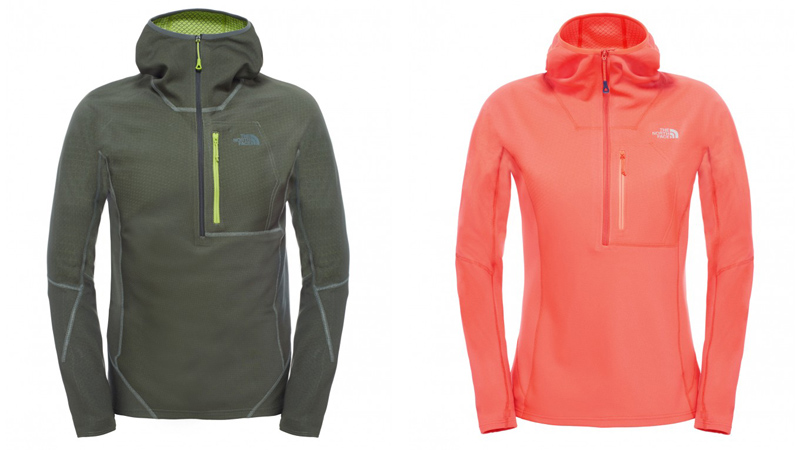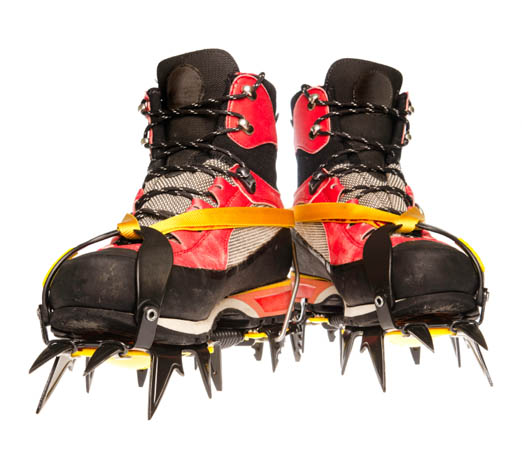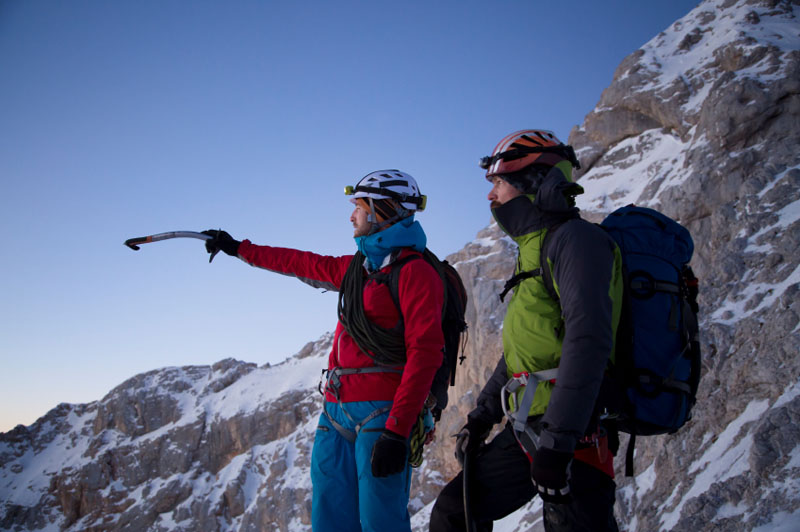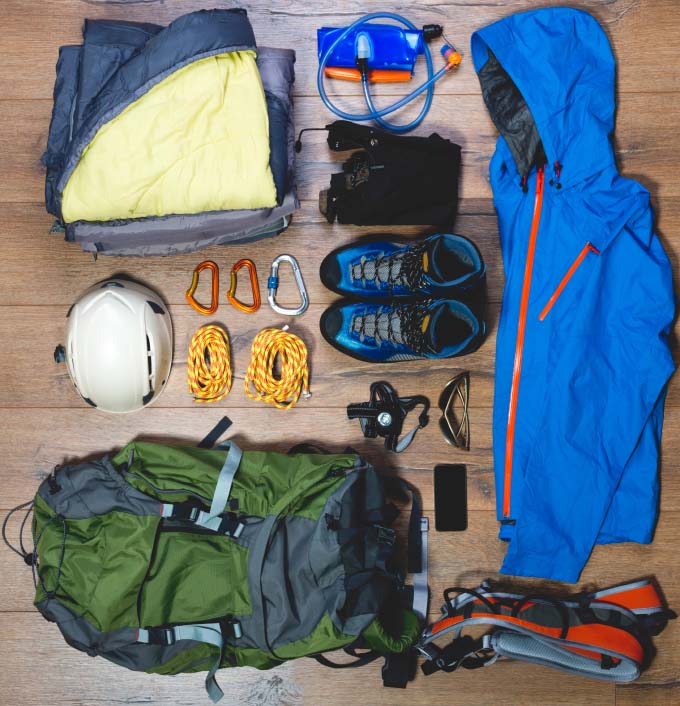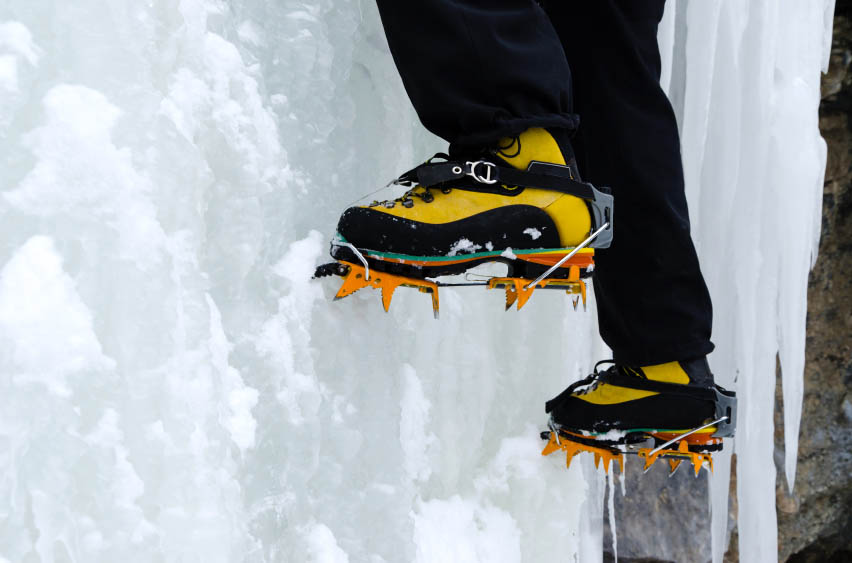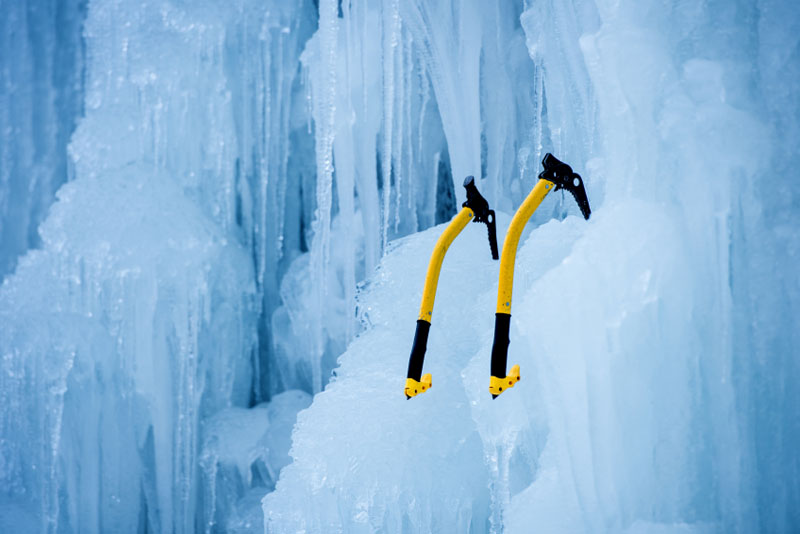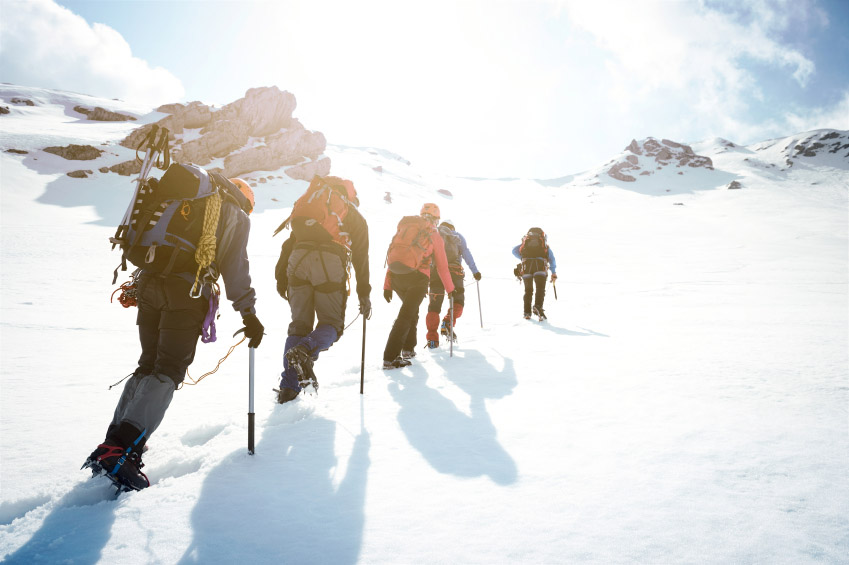
Choosing mountaineering equipment for the first time can be tough. As with all forms of mountaineering, packing depends on where you are heading to and how long you are going for.
Do you need mountaineering gear for a weekend trip to Mount Snowdon, a rock climbing excursion in Wales or a month long expedition to the Nepalese Himalayas?
Even if you are just starting out, it is always a good idea to be dressed appropriately when you are heading to the mountains. Whether you buy mountaineering gear or borrow off a friend, make sure it is warm, waterproof and fits you properly.
Mountaineering | What Is Mountaineering And What Equipment Do I Need?
Layering is key to choosing the right mountaineering clothing. Rather than wearing one bulky jumper to keep you warm, it is best to layer with multiple thinner layers, so you can add or remove them, depending on the temperature.
As a starting point, mountaineering layering system is made up of:
Base Layer
Light Insulation Jumper
Medium Insulation Jacket
Hard Shell Jacket
Parka Jacket (depending on region/altitude)
MOUNTAINEERING BASE LAYERS

Base layers are a really important place to start when you are layering up for mountaineering. The key is avoiding cotton base layers. Cotton retains sweat and will make you feel damp and clammy.
It is best to choose a sweat-wicking material like merino wool or a synthetic material like polyester. It dries much faster than cotton underwear. Merino wool also naturally has an anti-bacterial quality to it, so you can wear it multiple times and it won’t smell as bad as your regular t-shirt.
Ortovox make fantastic merino base layers for men and women in a whole range of colours. They aren’t cheap but they are long lasting and will keep you warm when you are battling the elements.

